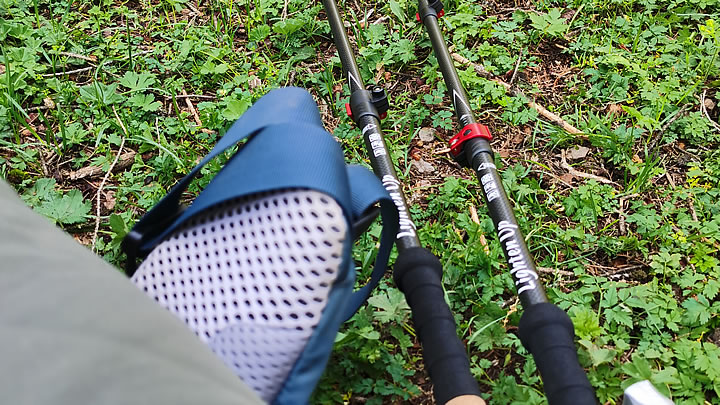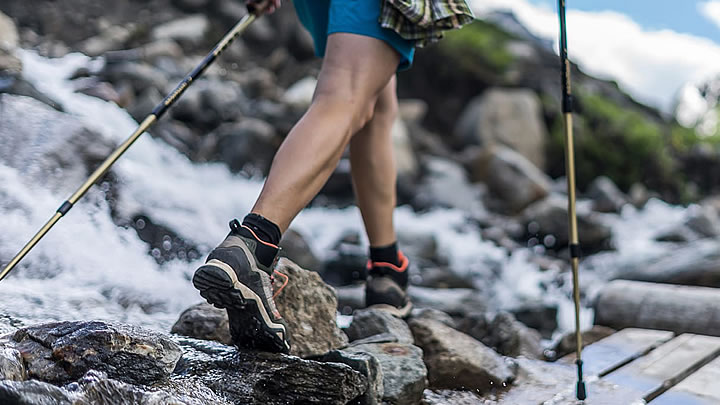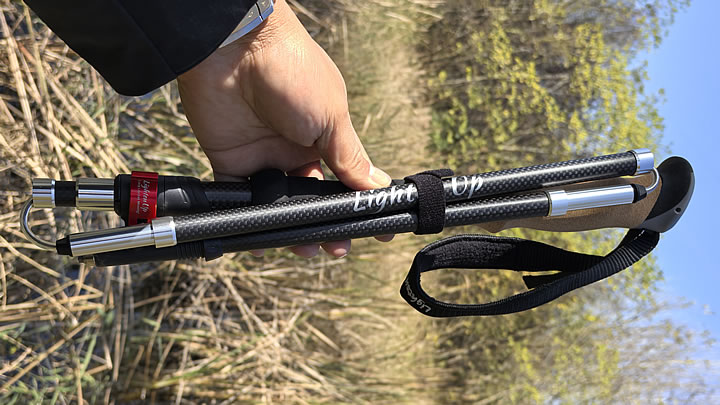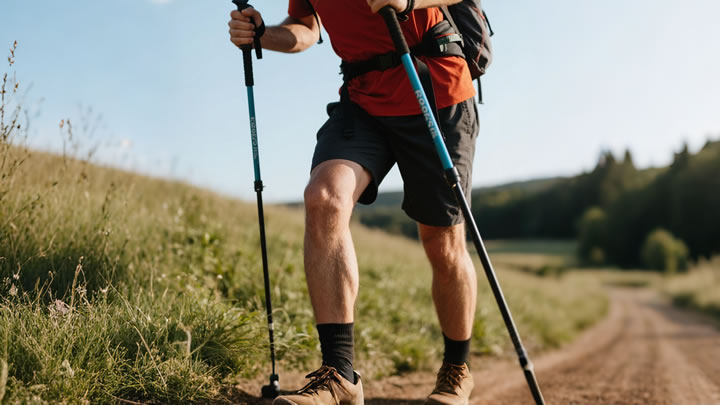How to Set Up a Hammock Between Two Trees Safely
There's nothing quite like relaxing in a perfectly hung hammock between two trees - when done correctly. But improper setup can damage trees, harm ecosystems, and even lead to dangerous falls. Follow this professional guide to enjoy your hammock responsibly while protecting nature.

Step 1: Selecting the Right Trees
- Look for healthy, mature trees at least 12 inches in diameter (about the width of a dinner plate)
- Avoid dead trees, young saplings, or trees with cracked bark
- Choose trees 12-15 feet apart (most hammocks need this spacing)
- Never use protected or rare tree species - check local regulations
Step 2: Essential Tree-Friendly Gear
- 2-inch wide nylon/polyester straps (never use ropes or cords that cut into bark)
- Carabiners rated for at least 500 lbs
- Tensioners for easy adjustment (like Dutchware's Beetle Buckles)
- Optional: Tree protectors (felt pads that go under straps)
Step 3: The Perfect Hang
- Wrap straps around trees at about eye level (5-6 feet high)
- Connect hammock ends to straps, maintaining a 30-degree angle between strap and hammock
- Adjust until hammock sags in a gentle curve with the center 18-24 inches off ground
- Test with gradual weight - it should feel firm but slightly bouncy
Pro Tips for Special Situations:
- For taller users: Hang straps higher while maintaining the 30° angle
- In rainy conditions: Angle your rainfly steeply to prevent water pooling
- With larger hammocks: May need slightly wider tree spacing (up to 18 feet)
Common Mistakes to Avoid:
⚠️ Using ropes or paracord (damages tree bark)
⚠️ Hanging too tight (causes uncomfortable "banana" position)
⚠️ Choosing trees too close together (creates dangerous tension)
⚠️ Ignoring weight limits (most camping hammocks hold 300-500 lbs)
Leave No Trace Principles:
- Always remove straps when not in use
- Inspect bark for damage after taking down
- Spread out your hangs among different trees
- Consider using a portable stand in sensitive areas
Advanced Setup Options:
- Whoopie slings: Lightweight, adjustable suspension system
- Structural ridgeline: Ensures consistent sag every time
- Multi-anchor systems: For extra stability in windy conditions
Safety Check:
Before committing your full weight:
- Visually inspect all connections
- Apply gradual pressure
- Listen for any concerning sounds
- Check for proper sag and height
Remember: A properly hung hammock should feel comfortable, stable, and nearly flat when you lie diagonally. With these techniques, you'll protect both yourself and the trees while enjoying the ultimate outdoor relaxation.
Bonus: Many state parks now offer "hammock-friendly" campsites with perfectly spaced trees - look for these when planning your next trip!






